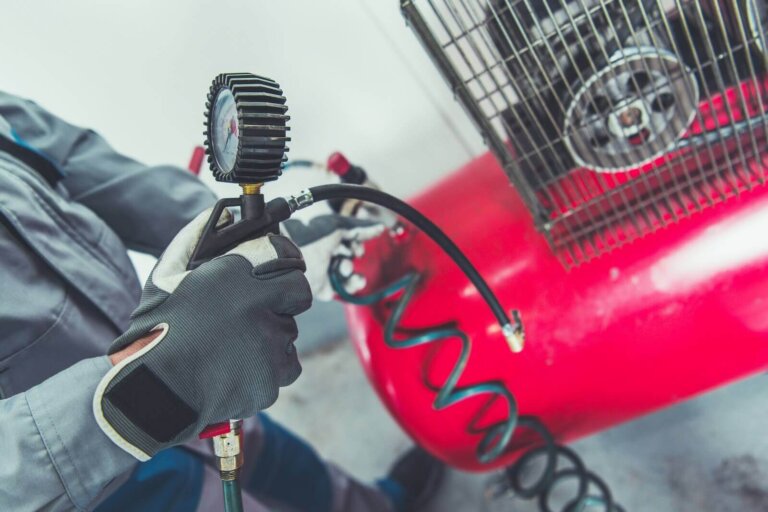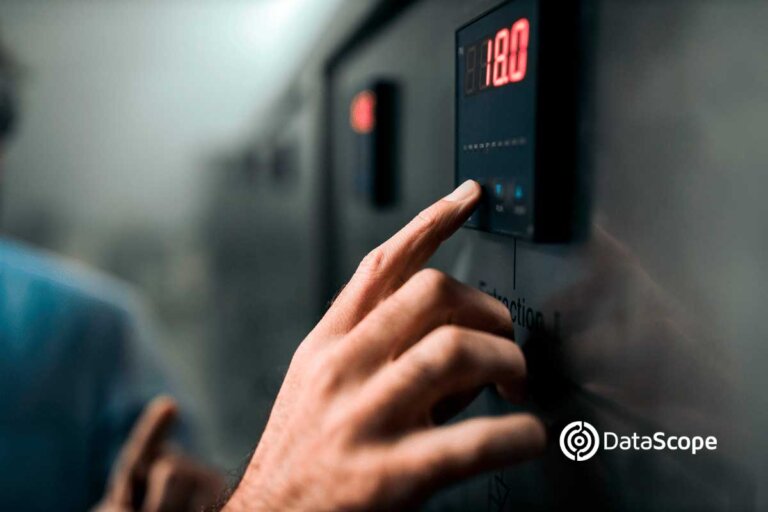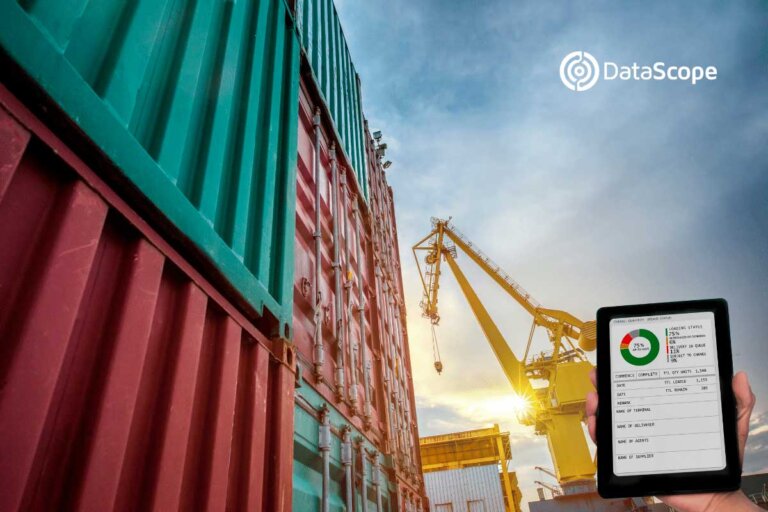This technology, a direct result of digital evolution, allows monitored the status of machines and equipment in real time, determining exactly the precise moment when all or any of its components need to be reviewed, repaired or replaced.
The constant technological-digital development of the industrial sector manifests itself in concrete advantages from the productive point of view. One of the protagonists of this evolution is the Internet of Things, IoT, thanks to its contribution to achieve greater automation, develop operations more efficient and consolidate new business models that facilitate strategic decision-making. Innovations that today have their greatest impact on predictive maintenance.
The use of IoT makes it possible to resort to solutions as advanced as, for example, sensor networks and data analysis to detect patterns in the condition and performance of equipment in real time. This helps to predict, with a high degree of precision, when a failure might occur.
This step represents a gigantic quantum leap, compared to maintenance based on periodic reviews scheduled at predetermined intervals. Method that, since the dawn of industrialization, has been the most used to reduce the probability of failures in plants and equipment, but that today can lead to errors because the “age” of the machinery is not always an accurate indicator of its condition.
In fact, relying on this preventative timed approach often results in the unnecessary replacement of parts or machinery that could have lasted much longer.
According to research by the ARC Advisory Group, its efficiency only applies to 18% of industrial assets, while the remaining 82% shows patterns of random failures that translate into excess unplanned downtime, and loss of productivity, among other highly negative factors.
In this way, the need to apply a predictive, effective method based on the real condition of the equipment, positions IoT as the perfect strategy. We can accomplish this through sensors, data collection, constant analytics, and machine learning to monitor continuously the equipment. All this makes it possible to predict failures with a high degree of precision.
A path that, based on the benefits of IoT, allows the industry to evolve from the obsolete and unnecessarily expensive “possible maintenance required” to another “logical, efficient and necessary”.
Evolution that, in the future, could even reflect itself in machines capable of self-maintenance, eliminating the need for human intervention.
Direct advantages
The benefits of IoT are exponentially huge. According to data from consulting firm McKinsey, companies can reduce maintenance costs by 40%, and cut downtime by up to 50%. It also offers the opportunity to extend the useful life of existing industrial assets, amortizing the capital investment by up to 5%.
Consequently, by 2025 the productive-industrial sector could save a staggering amount of up to US $ 630 billion per year, just for this concept.
In itself, the underlying technology concept is not entirely new. High-value assets, such as mining equipment, for example, have been using sensors and automated maintenance alerts since many years ago. However, the high cost of these solutions has so far prevented their large-scale application in the complete productive sector.
In the other hand, the scenario today is completely different. Increased connectivity and the gradual massification of digital evolution have allowed IoT technologies to be much more accessible, and available even to small producers and entrepreneurs.
Now, a simple microcontroller with an Internet connection can be equipped with various types of sensors and functionalities, which closely monitor the status of valuable equipment in real time, issuing maintenance alerts whenever necessary.
Some applications even incorporate automated ordering of replacement materials. Thus, for example, if any piece of equipment shows any sign of deterioration, the IoT device sends an alert and an order for its replacement is also issued online through the corresponding purchase order. If the industry apply these capabilities on a large scale, they can bring huge savings and greater efficiency to businesses.
The productive sector should also considered that new IoT technologies are easer to implement. In fact, all existing industrial equipment can be updated, adding connected devices, without the need to buy or develop new machinery.
Its advantages can also be reflected in remote asset monitoring and fieldwork, where about 31% of modern business assets are located. For example, in the mining, agricultural, aquaculture and forestry industries, among others.
According to the traditional method, maintaining assets in the field requires sending technical teams from time to time, which translates into high costs of time, resources and logistical complexity.
Today, in contrast, IoT technology dramatically reduces those challenges and costs by enabling remote monitoring at a distance and in real time.
In this way, instead of sending technicians to the field according to a rigid and invariable schedule, which does not take into account the real state of the equipment, companies will be able to reserve their field inspections only for when the machines themselves “warn” they need it.
Operation
Predictive maintenance based on IoT is applied from the combination of various mega trends that mainly include big data, cloud computing, machine learning and connectivity.
This is expressed in the construction of support and maintenance platforms using basic products such as sensors, wired and wireless solutions, antennas, batteries and connectors, and increasingly smaller passive components.
The engineering challenge then lies in ensuring that these components are operative in environments with small connectivity (due to their geographical remoteness), and that they also withstand the adverse conditions typical of industrial environments.
It is also crucial to ensure that data is collected and analyzed correctly, including dynamic variables, such as temperature and vibration of machinery, and static information, such as specific details of equipment make, model or configuration.
Usage history and service information can also be analyzed to improve the effectiveness of the IoT model, thereby optimizing its predictive results.
Contextual awareness should also be incorporated into the analysis, since both the static and dynamic variability of physical devices can be influenced by the specific characteristics of their operating environment.
The correct combination of all these factors allows machine-learning software to understand more accurately long-term trends, allowing unwanted events to be detected before they cause failures and downtime.
Practical cases
Preventive maintenance based on IoT is used today with positive results in various international companies aimed at promoting the concept of “smart factory”. One of the most typical examples is the tool and systems manufacturer Sandvik, partnered with Microsoft to create cutting equipment equipped with sensors.
Its technology combines data collection, transmission analysis and machine learning to raise alarms of impending failures, or to notify engineers when tools need to be maintained.
In turn, the ABB engineering group developed a predictive maintenance solution for critical motor and drive applications in manufacturing environments. In this case, sensors, cloud computing, and machine learning combine to provide an overview of equipment performance, keeping production rates on track.
Another case of success corresponds to the Italian steel tube manufacturer Tenaris, which uses IoT technology to monitor high and low voltage motors for the operation of critical pumps and fans, on a 24/7 basis. Its predictive maintenance solution allows collecting and analyzing vibrations, to detect bearing failures; as well as studying voltage and power anomalies, which indicate risk of short circuit.
Challenges and opportunities
While predictive maintenance using IoT provides decisive advantages in terms of improving productivity, supporting safety and reducing costs, it still has a complex path to follow, not without complex risks and challenges.
In fact, its implementation has been more difficult than expected, in part because many companies identified concerns related to integration problems, lack of technical expertise, poor data portability, and transition risk.
However, this has not dampened enthusiasm, because beyond the occasional difficulties, there is full consensus that predictive maintenance based on IoT is key to face the digital consolidation of companies.
In this regard, it is interesting to highlight the example of the Japanese manufacturer Hitachi, which when implementing this strategy identified six tools and techniques so that the entire process works efficiently, and with a high probability of success.
These are the following:
- Apply small pilot programs.
- Integrate a technology suite to aggregate data.
- Employ algorithms to monitor patterns and events in real time.
- Develop effective workflows.
- Have service management.
- Finalize a change management agreement.
If the industry has strategic technological partners that accompany and provide permanent advice, the option of applying a successful IoT predictive maintenance grows exponentially. This opens up an extensive universe of success and competitiveness, vital to face both the present and the future.







